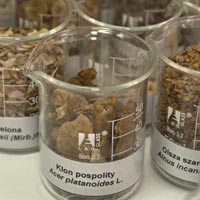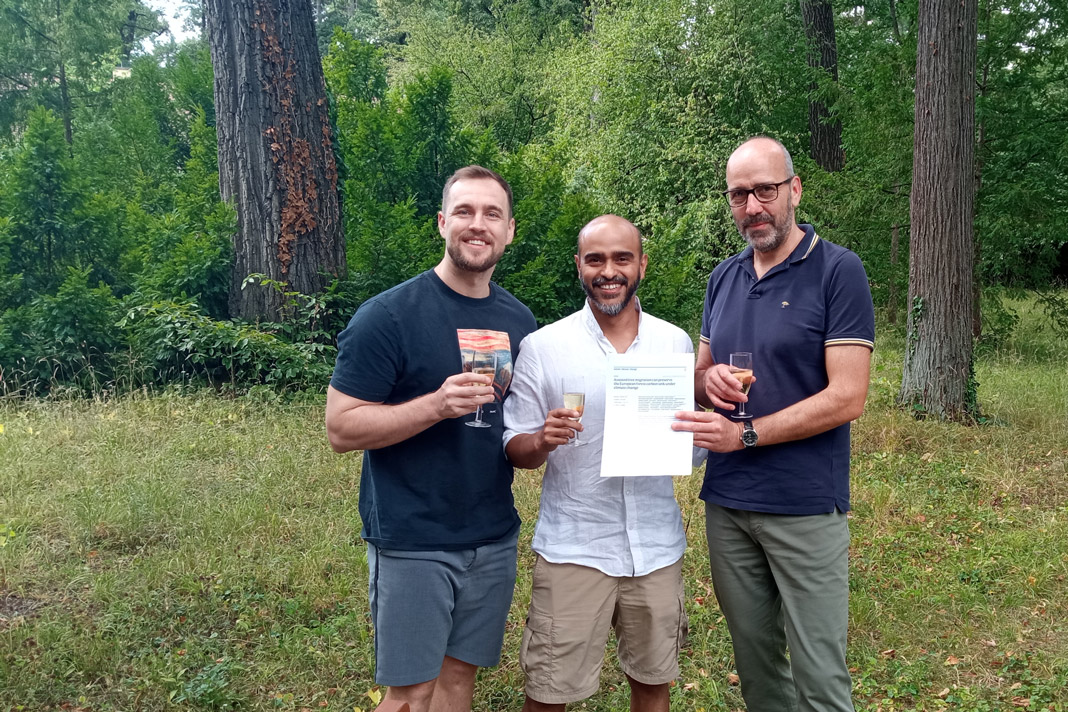Nagoya Protocol entered into force
The Nagoya Protocol entered into force on 12 October 2014, following the ratification by 50 countries. It had been agreed in October 2010 in Nagoya, Japan and its objective is the fair and equitable sharing of benefits arising from the utilization of genetic resources and the associated traditional knowledge, thereby contributing to the conservation and sustainable use of biodiversity. What may the protocol may mean for forest genetic resources?
On 12 October 2014, the Nagoya Protocol on Access to Genetic Resources and the Fair and Equitable Sharing of Benefits Arising from their Utilization entered into force. This agreement was adopted by the tenth Conference of Parties to the Convention on Biological Diversity (CBD) in 2010 and it has been ratified by 54 countries (as of 17 October 2014).
The Nagoya Protocol provides a legal framework for accessing and sharing the benefits (ABS), including associated traditional knowledge, from the utilization of genetic resources of plants, animals, bacteria or other organisms. The “utilization of genetic resources” is defined in the Nagoya Protocol as “to conduct research and development on the genetic and/or biochemical composition of genetic resources, including through the application of biotechnology”. The basic requirement of the protocol is that ABS agreements between providers and users of the genetic resources are based on mutually agreed terms (MAT) and subject to prior informed consent (PIC) from indigenous and local communities. Subsequently, signatory countries have to implement appropriate legislative, administrative or policy measures, and set up operational administrative structures and procedures for providing access to genetic resources. Benefits received in exchange for access to genetic resources can be monetary or non-monetary, such as technology transfer, joint research or capacity-building activities and sharing of research results. By allowing countries to fully benefit from their genetic resources, the Nagoya Protocol is expected to generate new opportunities and incentives for conserving biodiversity.
The European Commission (EC) has taken action to implement the mandatory elements of the Nagoya Protocol within the European Union. It presented a proposal for an ABS Regulation in October 2012 and on 16 April 2014, the European Parliament and the Council adopted the new <link http: eur-lex.europa.eu legal-content en txt _blank external-link-new-window external link in new>Regulation ((EU) No 511/2014). This Regulation is now applied by the EU Member States but some of its provisions will only become applicable in October 2015 because additional measures need to be put in place before they can be applied. One consequence of the Regulation is that all recipients of EC research funding have to demonstrate that they comply with the obligations of the Nagoya Protocol.
The first Meeting of the Parties to the Nagoya Protocol was held in Pyeongchang, Republic of Korea on 13-17 October 2014. The Parties agreed on mechanisms to ensure compliance with the Protocol, measures to assist institutional capacities in developing countries, and a strategy to raise awareness of the international agreement. Furthermore, the Parties agreed on procedures to establish a committee to address cases of non-compliance. More information on the Nagoya Protocol and its implementation is available from <link http: www.cbd.int _blank external-link-new-window external link in new>the CBD website.
On 19-23 January 2015, the FAO Commission on Genetic Resources for Food and Agriculture (CGRFA) will also continue its earlier discussions on whether specific ABS arrangements are needed or not for genetic resources used for food and agriculture (including forestry). At its 14th Session in April 2013, the CGRFA requested its Secretariat at FAO to gather more information on current ABS practices and arrangements from countries and different stakeholders. The CGRFA also requested the intergovernmental technical working groups to explore access and benefit-sharing issues for their respective subsectors. Background documents related to these discussions are available from the <link http: www.fao.org nr cgrfa cgrfa-meetings cgrfa-comm fifteenth-reg en _blank external-link-new-window external link in new>CGRFA website.
Related Links
- Text of the Nagoya Protocol







